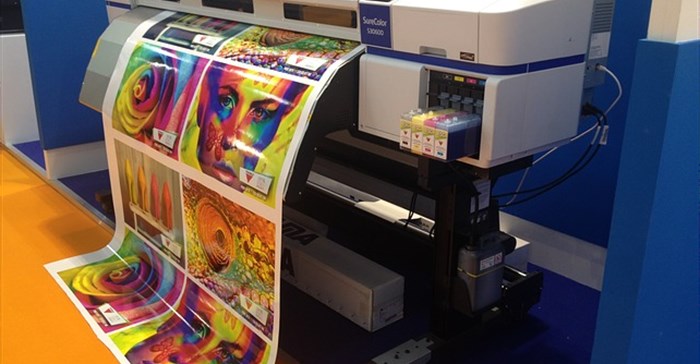
Print technology has evolved significantly over the years, and now there are many solutions available to meet a variety of different requirements. Organisations need to ensure they adopt smart print solutions to ensure they maximise the benefits of cost effectiveness, reliability and quality for optimal business benefit.
Laser printers are almost universally acknowledged as the ideal print solution for the business market. However, one laser printer is not the same as the other, and not all were created equal. In fact, there are many different types of laser printer available, and choosing the right one is essential to ensure your printer supports maximum business productivity.
Print speed is one of the most important criteria to bear in mind when it comes to choosing a printer. This is typically referred to in pages per minute (ppm), which is the maximum output of the printer in 60 seconds. However, actual speed often varies greatly depending on what is being printed, and the rated ppm typically refers to monochrome A4 pages only. When printing in colour, especially photographs, speed is often significantly reduced.
Print speeds are also affected by technology in the printer, specifically the processor. Organisations should look for a printer that delivers sufficient print speeds to meet their needs without slowing down business, with fast processing and the ability to print at a consistent speed whether printing documents or photographs. This will minimise waiting times for prints to finish, maximising productivity.
Another aspect to examine is the efficiency of the printer, particularly with regard to the number of prints that are attainable from a single toner cartridge. This will give the organisation an idea as to the total cost of ownership of the printer and how frequently consumables will need to be replaced. In addition, organisations need to look at the benefits of using genuine consumable replacements.
Utilising generic branded toner may seem cheaper at the outset, but these cartridges can damage the printer at worst, and at best often lead to compromised print quality. Using genuine toner replacements can help organisations get up to 30% more prints with reliable print quality for clearer images and sharp text without smearing the toner or curling printer paper.

Over and above these important criteria, printers also need to be easy and intuitive to use, they should also be able to support next generation print technologies such as cloud and mobile print. Since many workers today are not office bound, the ability to print from anywhere via the cloud can be enormously beneficial.
In addition, many employees now make use of tablets and smartphones for everyday office tasks and need to be able to easily print from them for enhanced productivity. Technology such as near field communication (NFC), which enables wireless printing from mobile devices simply by tapping the device on the NFC area of the printer, can help to truly enable the mobile workforce.
Printers are an essential office tool and are critical for business productivity. Organisations should, however, ensure that their printers are kept up to date with the latest technology in order to maximise the benefits, and ensure productivity. Choosing the right printer for the job is important, and smart print solutions can help businesses to improve cost effectiveness, reliability and quality.